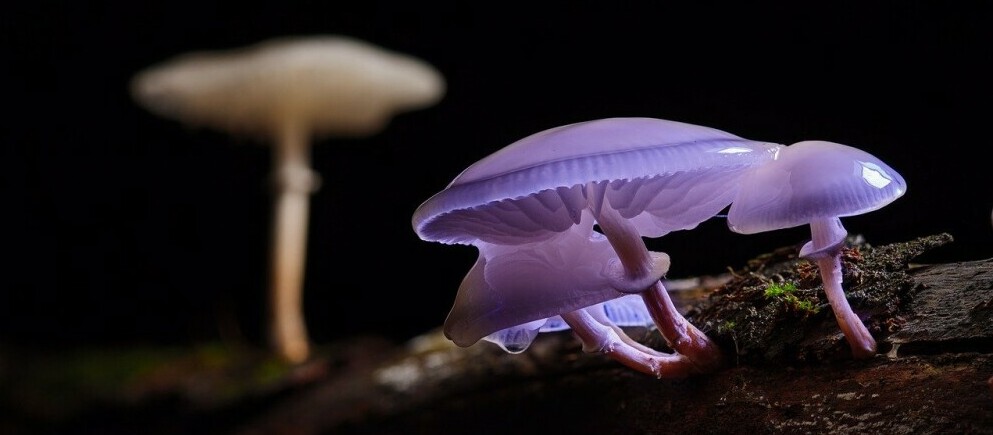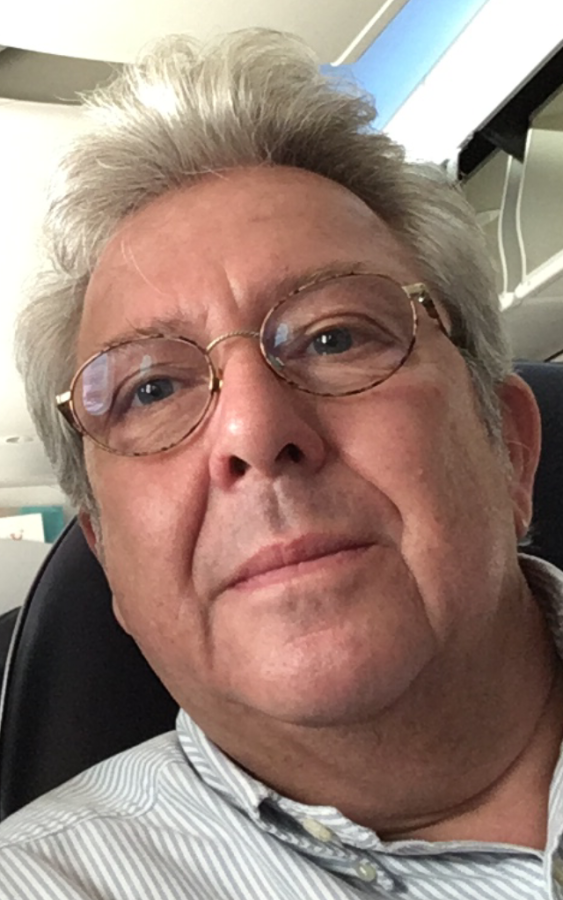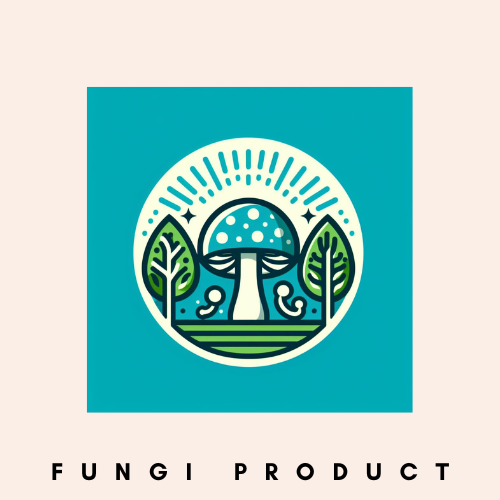Mycelium is a new eco friendly material used in different applications to meet daily needs like housng, packaging, food, isolation.
I like to walk with you through the hall of new initiatives that are running at this moment.
Let’s start in the United States. There are several initiatives underway to promote the use of mycelium as an eco-friendly material in various applications:
- Research and Development: Universities and research institutions across the country are conducting studies to explore the properties of mycelium and its potential applications. This includes research into its use in construction, packaging, insulation, and more.
- Startups and Companies: There are startups and companies dedicated to producing mycelium-based products or incorporating mycelium into existing products. These companies often focus on sustainable practices and reducing environmental impact.
- Government Grants and Funding: Some government agencies provide grants and funding opportunities for research and development projects related to sustainable materials like mycelium. These initiatives aim to support innovation and drive adoption of eco-friendly materials in various industries.
- Educational Programs: Universities and organizations offer educational programs and workshops to raise awareness about mycelium and train individuals in its production and application. These programs help to build expertise and capacity in the field.
- Collaborations and Partnerships: Collaboration between different stakeholders, including academia, industry, and government, plays a crucial role in advancing the use of mycelium. Partnerships facilitate knowledge sharing, resource pooling, and collective action towards common goals.
Overall, these initiatives reflect a growing interest in mycelium as a sustainable alternative to traditional materials and a recognition of its potential to address environmental challenges.

In NY a pilot project has been set up using bricks made out of Mycelyum to make a whole building
A few examples in the USA of products and projects using fungi as a raw material
- Mushroom Packaging by Ecovative Design:
Ecovative Design is a company that produces sustainable packaging materials using mycelium. Their Mushroom Packaging is made from agricultural waste and mycelium, providing a biodegradable and compostable alternative to traditional packaging materials like styrofoam. - Mycotecture by The Living:
The Living, an architecture firm based in New York City, explores the potential of mycelium in architecture through their project called Mycotecture. They investigate how mycelium can be used to grow building materials such as bricks and insulation panels, offering environmentally friendly alternatives to conventional construction materials. - Mycelium Leather by MycoWorks:
MycoWorks is a company that produces a leather alternative called Mycelium Leather, which is made from mycelium fibers. This material mimics the properties of animal leather but is cruelty-free and environmentally sustainable, offering a sustainable option for the fashion and textile industries. - Mycelium Insulation by Off Grid Insulation:
Off Grid Insulation produces insulation materials using mycelium as a binder. These insulation panels are made from renewable and biodegradable materials, providing an eco-friendly alternative to conventional insulation products. - Fungi Mutarium by Livin Studio:
Fungi Mutarium is a project by Livin Studio that explores the use of fungi to decompose plastic waste and produce edible mushrooms. The project aims to address plastic pollution by transforming plastic into nutritious food through the action of fungi.
These examples showcase the diverse applications of fungi as a raw material in various industries, from packaging and construction to fashion and waste management.
In Europe, there are also numerous initiatives and projects leveraging fungi as a raw material for various applications. Here are a few examples:
- Fungus Chair by Grown.bio:
Grown.bio is a company based in the Netherlands that produces sustainable materials using fungi. One of their products is the Fungus Chair, which is grown from mycelium and agricultural waste. It offers a biodegradable alternative to traditional furniture materials. - Mycelium-based Packaging by Biohm:
Biohm, a company based in the United Kingdom, specializes in sustainable construction materials and technologies. They have developed mycelium-based packaging solutions as part of their broader efforts to promote circularity and reduce waste in the construction industry. - Fungi Farming for Food and Packaging:
Several European startups and research projects focus on cultivating fungi for food production and packaging materials. For example, companies like MycoWorks and Biofabrik are exploring the use of mycelium in food packaging and other applications. - Mycelium Insulation by Mogu:
Mogu is a company based in Italy that produces sustainable building materials using mycelium. They offer insulation panels and other construction products made from agricultural waste and mycelium, providing eco-friendly alternatives to conventional building materials. - Fungal Bioremediation Projects:
In addition to material production, there are also initiatives in Europe focused on using fungi for environmental remediation. Projects like Funghi Espresso in Italy and FungiAlert in the UK explore the use of fungi to clean up pollution and remediate contaminated sites.
These examples demonstrate the growing interest and investment in fungi-based materials and technologies across Europe, with applications ranging from construction and packaging to environmental remediation and food production.
Where is the Mycelium produced, which countries are leading ?
Mycelium production is not limited to specific countries, as it can be cultivated in various regions around the world. However, some countries are leading in terms of research, innovation, and commercial production of mycelium-based materials. Here are a few countries that are notable for their contributions to mycelium production:
- United States: The United States is home to several pioneering companies and research institutions in the field of mycelium-based materials. Companies like Ecovative Design and MycoWorks have been at the forefront of developing mycelium-based products for applications such as packaging, construction, and fashion.
- Netherlands: The Netherlands is known for its innovative approach to sustainability and circular economy initiatives. Dutch companies like Grown.bio and Krown Design specialize in producing mycelium-based materials for various applications, including furniture, packaging, and construction.
- United Kingdom: The UK has a growing ecosystem of startups and research projects focused on mycelium-based materials. Companies like Biohm and Mogu are developing sustainable construction materials using mycelium, while research institutions like the University of Bath are exploring novel applications of fungi in various industries.
- Germany: Germany is also a hub for mycelium research and innovation. Companies like Mycotopia and biomyc are active in the development of mycelium-based products, particularly in the areas of packaging, insulation, and bioremediation.
- Italy: Italy has a strong tradition of craftsmanship and design, which is reflected in its approach to mycelium-based materials. Italian companies like Mogu and Nova Materia are known for their innovative use of mycelium in architectural and design applications.
These countries, along with others, contribute to the global landscape of mycelium production and innovation, with each bringing its own expertise, resources, and creative approaches to harnessing the potential of fungi as a sustainable raw material.

The mythe that the ‘industrial’ part of the production of Myceleum is done in Vietnam and Taihland …
While countries like Vietnam and Thailand are indeed known for their cultivation of mushrooms, including species used for food and medicinal purposes, it’s not immediately clear if they are leading in the industrial production of mycelium-based materials. The mycelium industry is still relatively young and rapidly evolving, and production capabilities may vary across different regions.
The industrial-scale production of mycelium-based materials typically involves specialized facilities and infrastructure for growing and processing mycelium. While some companies may have operations or partnerships in countries like Vietnam and Thailand for specific aspects of their supply chain, such as sourcing raw materials or manufacturing, it’s essential to consider the global nature of the industry.
The countries previously mentioned, such as the United States, the Netherlands, the United Kingdom, Germany, and Italy, are often recognized for their significant contributions to the development and commercialization of mycelium-based materials. These regions have a concentration of companies, research institutions, and supportive ecosystems that foster innovation and growth in this field.
However, as the industry continues to expand and new technologies emerge, it’s possible that production capabilities may develop in other countries, including those with established agricultural and manufacturing sectors like Vietnam and Thailand. It’s essential to stay updated on developments in the industry to accurately assess the role of different regions in mycelium production.
Efforts the European Union is doing to progress the use of Mycelium as
an eco friendly raw material
The European Union (EU) has been actively promoting sustainability and innovation in various sectors, including materials science and manufacturing. While there may not be specific EU initiatives solely dedicated to mycelium, the EU’s broader policies and programs support research, development, and adoption of eco-friendly materials like mycelium. Here are some ways the EU is contributing to progress in this area:

- Horizon Europe Funding: The EU’s Horizon Europe program provides funding for research and innovation projects across different priority areas, including sustainability and circular economy. Researchers and companies working on mycelium-based materials can apply for funding through Horizon Europe to support their projects and initiatives.
- Circular Economy Action Plan: The EU has adopted a Circular Economy Action Plan, which aims to promote the transition to a more circular economy by reducing waste, promoting recycling, and fostering sustainable production and consumption practices. Mycelium-based materials align with the principles of the circular economy by offering biodegradable, renewable alternatives to conventional materials.
- Bioeconomy Strategy: The EU has a Bioeconomy Strategy that focuses on harnessing the potential of biological resources, including fungi, for sustainable economic growth. Mycelium is part of the broader bioeconomy concept, which encompasses the production of renewable biological resources and the conversion of these resources into value-added products.
- Regulatory Support: The EU implements regulations and standards related to materials and manufacturing processes to ensure safety, environmental protection, and consumer confidence. Efforts to establish clear regulatory frameworks for bio-based materials, including mycelium-based products, can facilitate their market uptake and deployment.
- Research and Innovation Networks: The EU supports collaboration and knowledge-sharing through research and innovation networks, such as the European Innovation Partnership on Raw Materials and the European Technology Platform for Sustainable Chemistry. These networks bring together stakeholders from academia, industry, and government to address common challenges and promote innovation in sustainable materials.
Overall, while there may not be specific EU initiatives exclusively focused on mycelium,
the EU’s broader policies and programs create an enabling environment for the advancement of eco-friendly materials and technologies, including those derived from fungi like mycelium.
I hope this overview developed your awareness of the incredible qualities nature offers us and what magic is hidden under the soil in the biological life cycle of a fungi.

André Raymond
